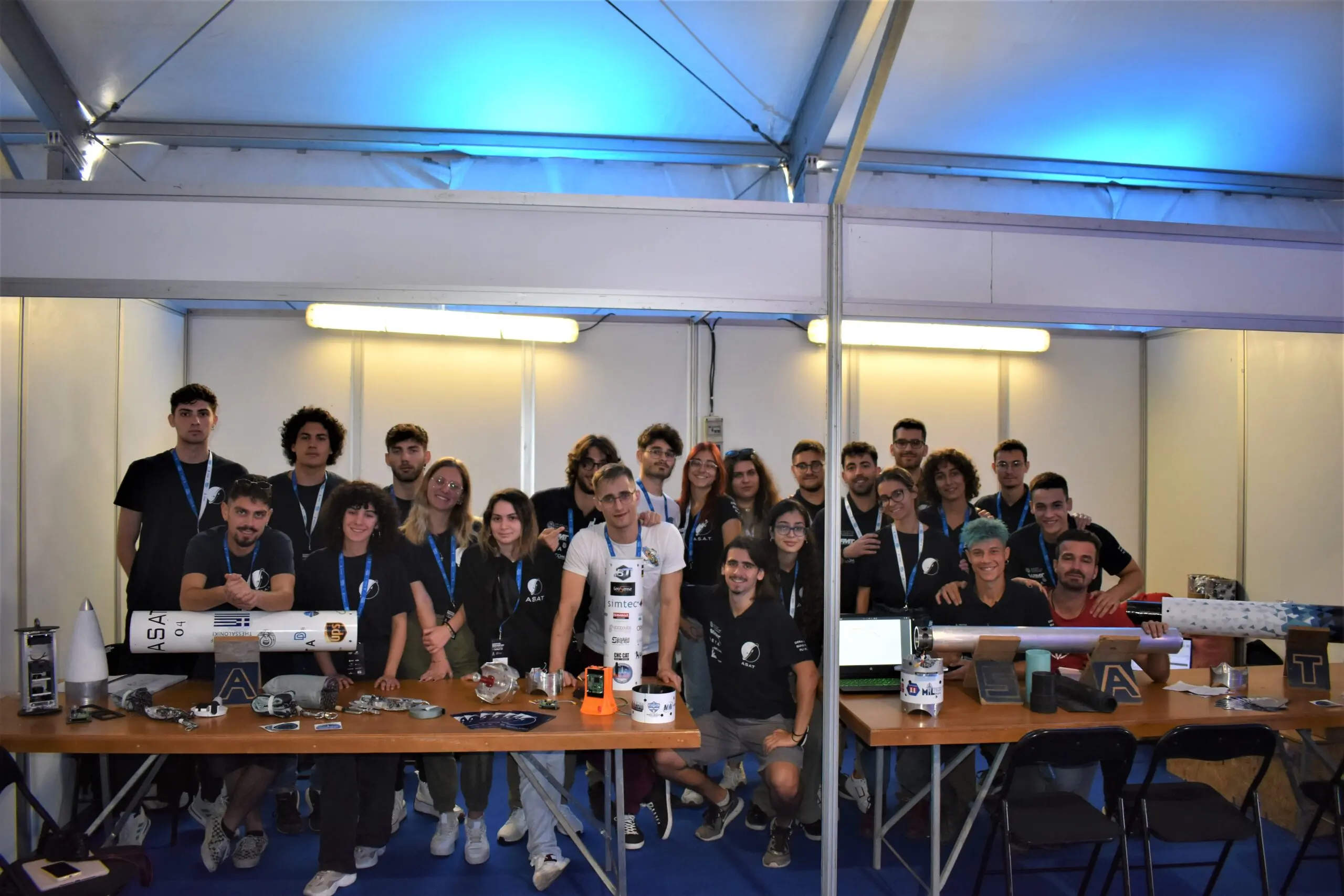Propulsion Subsystem
The Propulsion sub-team is responsible for the rocket’s propulsion system. To achieve this, it is involved in the development of code for simulating both the motor’s as well as the rocket’s performance, the manufacturing of solid propellant and finally, the design and manufacturing of rocket motors.

In the pursuit of reaching a given altitude with great accuracy, appeared the need of having the optimal motor for this task. This led to the development of a Matlab based optimization tool with a Graphical User Interface (GUI) implementation. This tool combines the rocket’s flight performance along with the performance of many motors in order to select the optimal one corresponding to the rocket’s requirements. In addition, the sub-system has developed a code in order to design and optimize the motor nozzle. This is achieved in conjunction with the computational study of the combustion of the solid propellant, where the data necessary for the dimensioning of the nozzle are obtained. The aim is to maximize its performance in conjunction with weight minimization. A further study of this is carried out using a CFD commercial code.

The sub-system has so far acquired technical expertise with regard to manufacturing procedure of solid propellants, used in its motors. A major factor in the optimal performance of the motor is its proper construction. For this reason, specific stirring equipment have been constructed to achieve a very good homogenization of the oxidizer with the fuel before it is heated and introduced into the mold for the manufacture of the grains. Another factor is the experimental study of its combustion. In particular, several propellant experiments have been carried out in conjunction with the static tests of the motors. As a result, useful data are obtained for the design of subsequent motors, such as the effect of pressure on the propellant burning rate.

So far, the subteam has successfully designed and built a Class G solid propellant motor (read more here: https://asat.gr/2019/03/29/rocketry-propulsion-sub-team/). With experience from the static testing of this motor and its use in Rocketry Project’s H1 and H2 rocket launches (read more here: https://asat.gr/2019/04/16/1291/), the sub-system has designed a Class I motor with the aim of achieving a desired overall thrust with the greatest accuracy possible. The I-class motor is a subscale model of the full-scale motor we’re designing, which will have a Total Impulse of 9500Ns. Within this design, static tests are expected to be carried out in the near future in order to verify theoretical performance, to have repeatability of the performance and to be reliable for use on a rocket. In particular, the static tests will measure the motor’s thrust and pressure, as well as the external temperature of the combustion chamber and nozzle.





